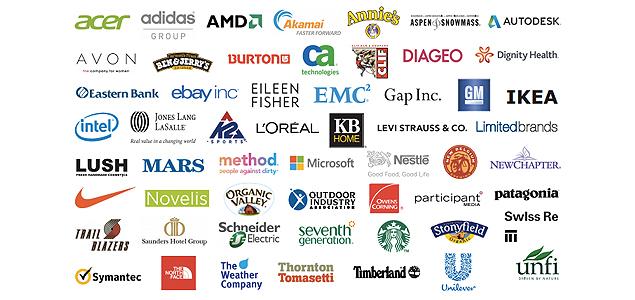“Activating Purpose” is a constant theme at this year’s Sustainable Brands conference in San Diego, CA. Emblazoned on numerous banners, flyers, and web pages, the phrase speaks deeply to both the mission and dilemma of green organizations. But, as anyone in the business world knows, the buzzwords and mantras of enterprise are never in short supply — with rally cries like “Rewire your mind” or “Rethink tomorrow” being born and sung out with the release of every new initiative, presentation, or bestseller.
Much like the title of a good novel, there’s a teasing ambiguity to these cries — a cryptic quality that begs explanation. However, unless you’re able to sit in on the presentation or read through the book, it’s difficult to understand exactly what something like “Activating Purpose” really means. So, after listening to the crew of sustainability leaders gathered here in San Diego, we thought we’d provide a summary of this initiative for all of the uninitiated out there.

The first word, “Activating,” evokes the technological side of the sustainability movement. As green tech evolves, it creates fresh avenues for businesses to reduce waste and pollution. As the biomimicry pioneer Janine Benyus claims, many companies are finding that the models for doing this already exist in nature (for instance, she cited a specific example in which a plant engineer was able to reduce carbon emissions by studying coral).
In other words, businesses are running out of excuses for not ramping up their sustainability practices. The technology to make your business greener probably already exists — i.e., the button is there. All we need to do is press/activate it.
“Purpose” is one of those thorny abstractions that crop up everywhere in the business world. As many presenters and CEOs have discussed this week, defining “purpose” is one of the most difficult things for any organization (especially for-profit ones) to accomplish. Fortunately, when a brand is involved with environmental goals (like Nescafé’s mission to make coffee farming more nature/people-friendly), explaining company purpose becomes much easier.
As author John Izzo discusses, people don’t want to feel like they’re just working for a paycheck. Money-centric work goals are synonymous with means-to-end thinking; and when employees see work as a means, they’re more likely to view their whole occupation as drudgery and tedium — as the day-in, day-out coffee can adulthood that movies like Office Space have parodied for years. However, if a company aligns its business goals with something ethical or human/nature-centered, its workers are more likely to feel fulfilled at a deeper level. On a practical level, this, as every business leader knows, is crucial when it comes to basic morale and productivity.
Taken as a whole, “Activating Purpose” serves as a tight summary, then, of the two major goals of the sustainable business movement — one that seeks to create a better partnership between “material” and “world.”
We’ll be covering SB ‘16 all week. Check out our Twitter @innotechtoday for constant updates on all the action. Check out the Sustainable Brands website for more information on the event this week.








